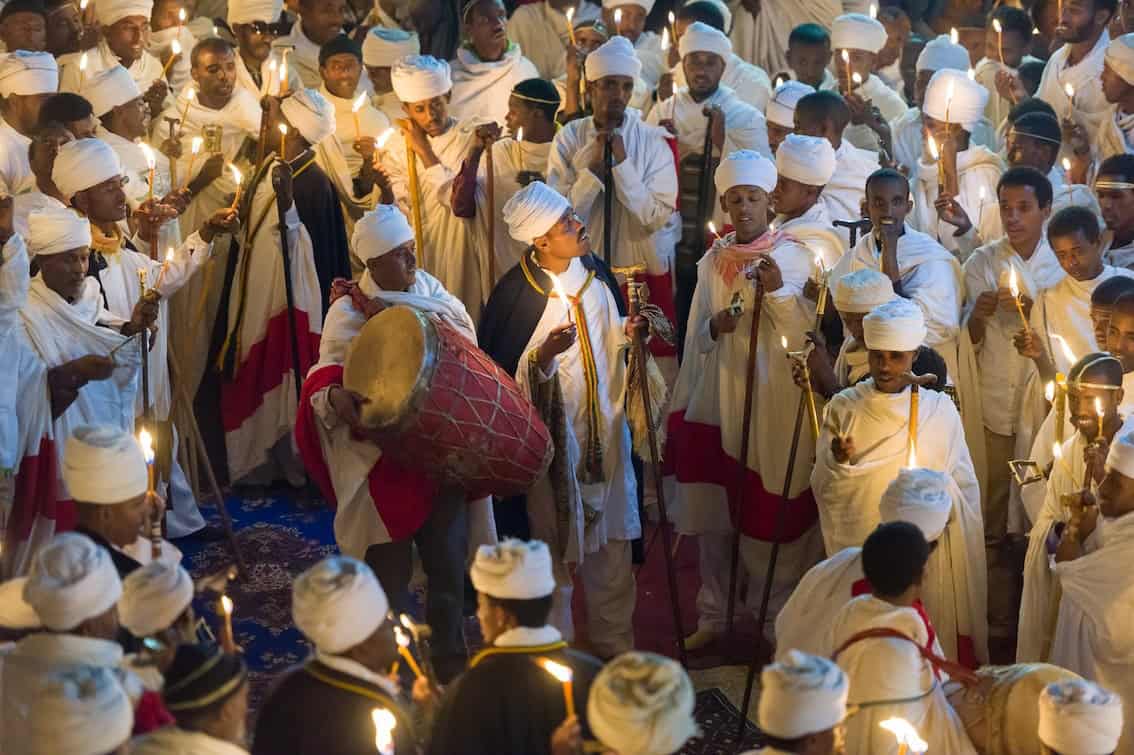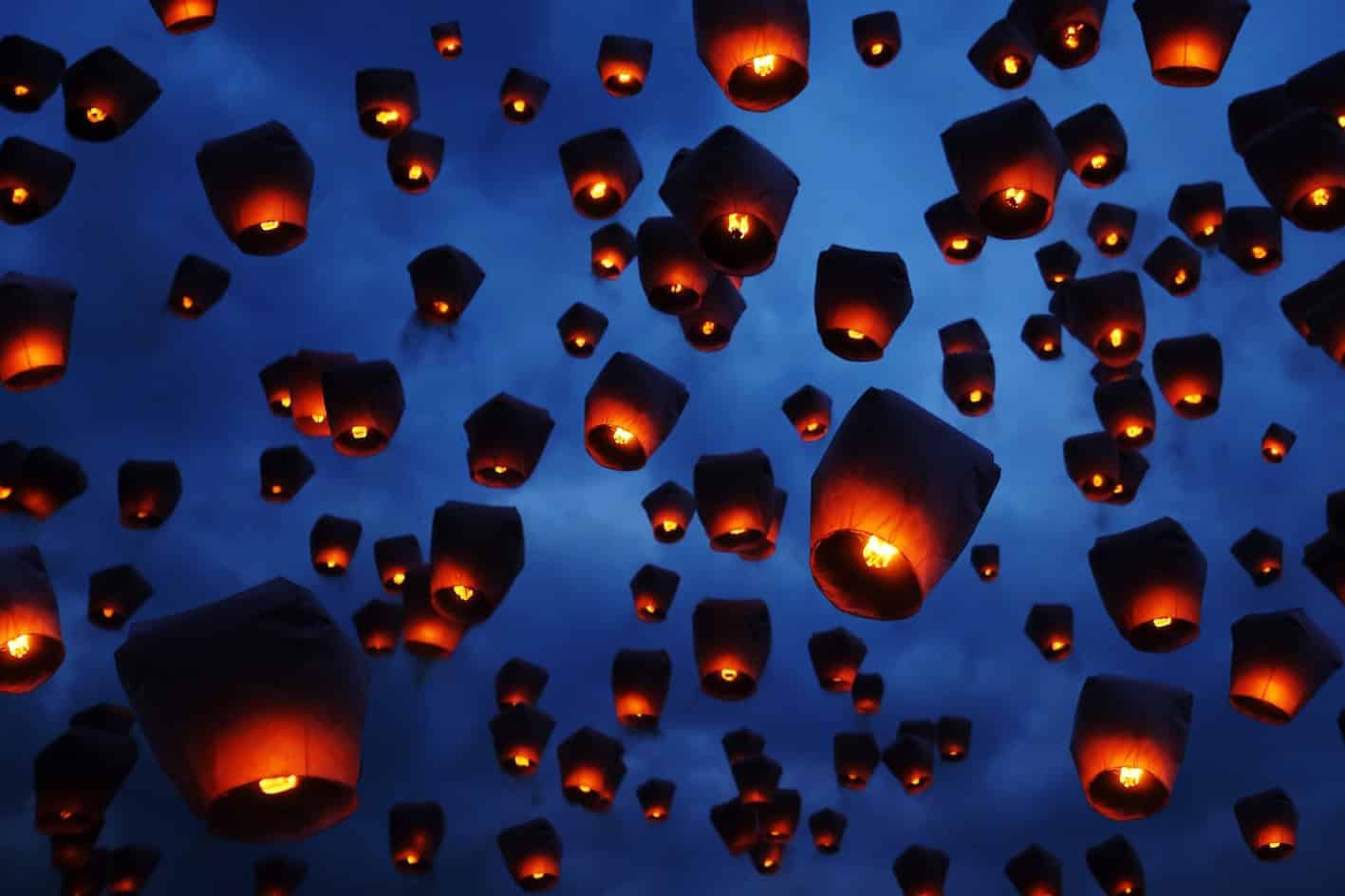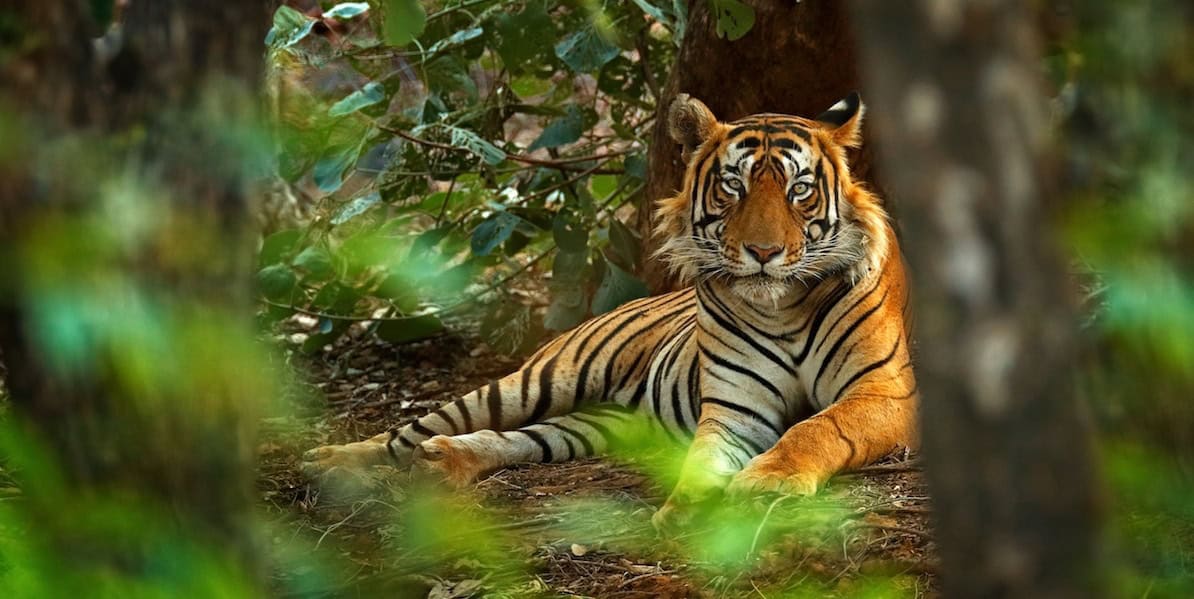BY STEVE DAVEY
Improve your photos of festivals with these expert tips from pro travel photographer Steve Davey.
At pretty much any given time, there’s some kind of festival taking place somewhere in the world – and that’s usually the most exciting and atmosphere time to visit that destination. Think of Venice during Carnival time; the tomato-spattered Tomatina festival in Buñol, eastern Spain; even the usually serene Luang Prabang during Songkran (Lao New Year), when the streets are soaking with waterfights. Travelling to festivals can be challenging: crowds swell, accommodation and transport is often booked out and normally sedate places become chaotic. Photographing festivals can be even more difficult: not only do you have to cope with all of these issues, you also have to hope your view isn’t continually blocked by selfie sticks! To help you get the best possible pictures at festivals, here are a few tips from someone who’s shot more than his fair share of carnivals and jamborees.

Get in the know
It might sound obvious, but you’ll struggle to get great pictures of a festival if you don’t know what’s going on where and when. Do your research: check schedules and locations so you can plan your festival shoots. You might learn about small rituals happening away from the main events that can provide amazing (and less cliched) photo opportunities, and also a more rounded impression of the event as a whole.

Travel light
It’s important not to load yourself with excess camera equipment. Festivals can be tiring – you might be on your feet all day. If you carry too much, you’re unlikely to have an enjoyable or a creative experience, as well as making it harder to move through crowds. So pare down your kit to the minimum – making sure, of course, that you have everything you need, especially spare batteries and memory cards.

Get special access
The most atmospheric photographs transport the viewer to a place they wouldn’t get to on their own. That might mean turning up early to get the best views of a parade; climbing onto a rooftop or balcony to get an aerial view; or even approaching some of the participants in advance to get permission to accompany them on a procession or ceremony. This approach is fun, and can enable you to create truly unique images.

Protect your gear
Festivals can be harsh environments for you and your kit. From the waterfights of Songkran (Thai and Lao New Year), the paint-spattered Holi festival in India or the pippy red madness of La Tomatina through to a rain shower or sand blowing in the breeze at Pushkar Camel Fair, there are all sorts of things that can ruin your camera or stop you shooting. A cheap raincover in the bottom of your camera bag can protect your gear, allowing you to get into the middle of even the messiest action.

Shoot portraits
Festivals can provide ideal opportunities for shooting atmospheric portraits. Even spectators who are not actually dressed up and part of the action will be more relaxed and happy. Crucially, people at festivals often expect to be photographed, and will play up to the camera, resulting in unique and engaged pictures.

Tell a story
Don’t just take a whole series of random shots: think about the essence of the festival and set out to photograph that. Consider shooting with a wide-angle lens to include a number of elements that combine to tell a story in a single image. Another approach is to take a series of pictures documenting a number of aspects of the festival to create a photostory.
Steve Davey is the author of Footprint’s Travel Photography guide.
Steve will be hosting a series of Travel Photography Masterclasses at Destinations Show in Manchester (17-19 January 2019) and London (31 January-3 February 2019) – for details or to book, visit:











